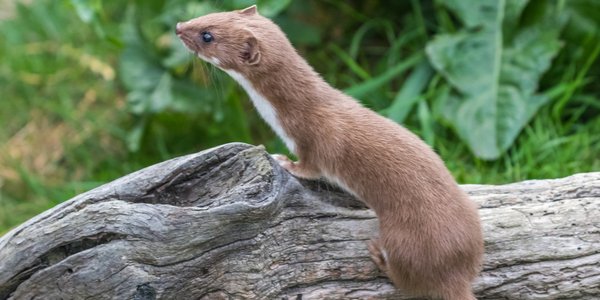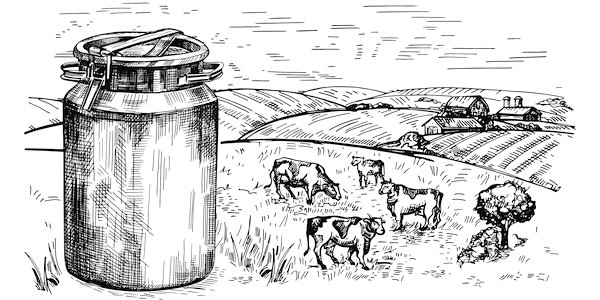This is a repeat of a post which was first published on January 17, 2021.
I AM not sure if I have ever seen a stoat. Since we have been in Lancashire I have glimpsed one or two animals which could have been stoats but at a distance they could equally have been weasels.
Many people will know the unhelpful saying: one is weasily identified, while the other is stoatally different.
This is a weasel (Mustela nivalis):

This is a stoat (Mustela erminea):

As you can see, there is not much to go on. The chief differences are that the stoat is larger with a body length of about 10ins, has a longer tail (4ins) with a black tip and has a bounding gait. The weasel’s tail is stumpier, has no black tip and it runs close to the ground.
However in the winter telling them apart can be a different matter. In the colder parts of its wide range (all round the northern globe) the stoat’s coat changes to white, at which point it is called an ermine. The black tail tip stays the same.
Here is a film from Yorkshire of the process:
And here is a slide show of the change back to the summer coat:
Traditionally ermine fur has been used to make or trim garments for royalty and those of high status, as in this picture of Napoleon I.

I wondered if ermine is still available and if so where it is sourced, but it is not all that easy to find out. The fur trade is very discreet and does not promote itself in the way that, for example, the green energy industry does. However I found these adverts for pelts here and here.
I think all the animals are wild-trapped in Northern Russia and Canada; there seems to be no history of ermine farming. There is also no concern about their numbers – although they are so seldom seen, there are plenty of them.
Stoats are ferocious hunters, like their cousins, mink. They are particularly fond of rabbits, which are several times their size.
Stoats are renowned for ‘mesmerising’ their prey, and here is one in action in a rather over-the-top clip:
They are great tree climbers and are common raiders of birds’ nests and boxes. Here’s a video showcasing that talent, and it also shows that the stoat is smarter than the squirrel as it is the only one which thinks to change direction. I am afraid it is inconclusive though.
***
Stoats are involved in a cautionary tale about the folly of introducing alien species. European settlers took rabbits to New Zealand as a food animal and of course they were soon out of control. In the 1880s stoats were brought in to control the rabbits, but they did not confine their attentions to the intended prey, and the result was that the populations of New Zealand’s many flightless and ground-nesting birds were soon devastated. Stoats are still a pest in NZ despite many and various attempts to eliminate them.
***
For several months I have had a butterfly hibernating on my bedroom wall. This week it disappeared and I assumed it had died and fallen off, though I could not see it on the floor. A day later it turned up on the window frame (which must be extremely cold, given the outside temperatures). It’s still a long time before spring comes, so I hope it can hang on.
Notes from the Sticks is going into hibernation until the New Year.

